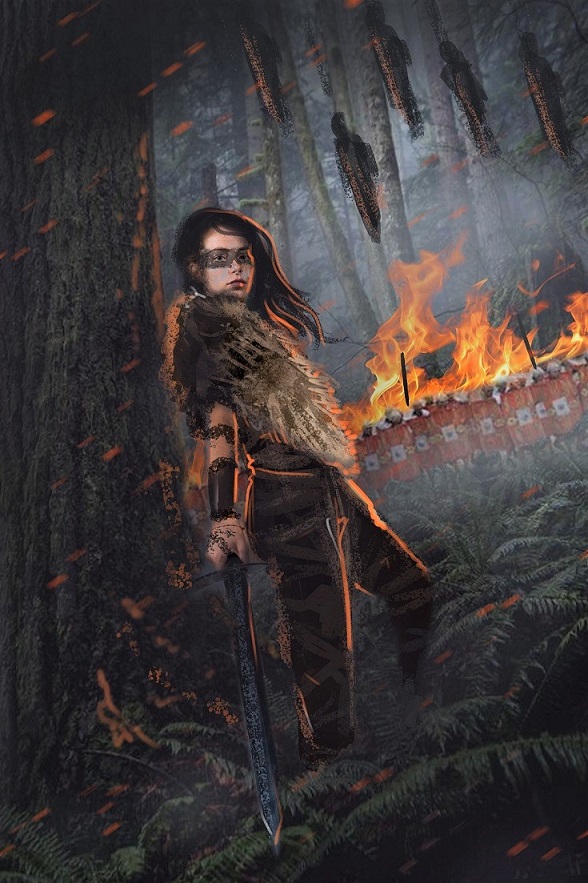
There’s not a great amount of evidence about early Roman interaction with the island now known as Ireland but there are a few tantalising items.
Unlike Great Britain and most of the European Continent, Ireland was never controlled by Roman interests, although the Roman Empire was almost certainly aware of its existence even at that time.
Writing in the sixth century B.C., for example, Himilco the Carthaginian, made vague references to an enigmatic island he called ‘Iernei’ and to ‘Celtic’ tribes based on the North Sea. In 50 B.C. meanwhile, in the account of his campaigns in Gaul, Julius Caesar referred directly to the distant land of ‘Hibernia’.
Around the same time, Greek philosopher Strabo marveled at the shadowy country of ‘Ierne’ located on the limits of the known world, and the stories he’d heard of the savage, man-eating inhabitants and their sexual practices. This latter reference highlights some of the problems with early … er … ‘historians’.
Ptolemy, the famous geographer and astrologist, produced the first map of ‘Hibernia’ in the middle of the 2nd century A.D. This listed native tribes said to live upon its distant shores, which included the Erdin, the Nagnate, the Menapii, the Iverni and others.

A few decades earlier however, in his book ‘Agricola’, the Roman historian and politician, Tacitus, famously described how Gnaeus Julius Agricola, a governor of Roman Britain from AD 78-84, considered conquering Ireland. In that book, Agricola apparently claimed that the island could be held with a single legion. The number of soldiers in a legion tended to vary over time but it’s generally estimated at somewhere between 4000 to 5000 legionaries, and auxiliaries (non-citizen troops). Agricola was Tacitus’ father-in-law however, and Roman politics was a dicey game, so just because Tacitus wrote this, it doesn’t necessarily mean it’s true.
What most historians and academics do seem to agree on, was that at least some interaction (predominantly trade) existed between the island of Ireland, modern day Great Britain, and the European continent over the first and second century. Given the huge social disruption caused by the expansion of the Roman Empire over this time, it’s almost certain those tribes on Ireland’s eastern coast would have heard of the Romans, even if they weren’t directly affected. It’s also likely that at least some of the displaced people in modern-day Great Britain would have fled across the waves to escape the impacts of Roman invasion and colonization.
Interpreting Romans from an Ancient Irish Perspective
Most ‘Irish mythology’ presented through English language media tends to reflect a very Anglocentric view of ancient Irish culture. When it came to creating an Irish story that introduced culturally foreign ‘Roman’ elements therefore, I was keen to try and present the events from a more authentic perspective of ‘native’ people in first century Ireland.
When I started working on the book (one from my ‘Liath Luachra’ series) however, this proved something of a challenge. When you’re describing the impacts of a non-Irish culture on Ireland at the time, I knew it would be a mistake to start thinking of the ‘foreigners’ as ‘Romans’. If you start off with that concept, that immediately blinkers any further interpretation from a native Irish perspective and you end up with the usual monocultural, English-language tropes.
Given the lack of records from pre-fifth century Ireland, we don’t know how Ireland’s early inhabitants would have referred to the people of the Roman Empire – but they certainly wouldn’t have called them ‘Romans’. We can surmise however, that they would have referred to them using terms that articulated key behaviours of these new arrivals, behaviours interpreted in a way that made sense from the native Irish cultural perspective.
Like all authoritarian regimes, to fulfil the ambitions of its leaders (and the greed of its politicians), the Roman Empire had a constant need to subjugate other cultures and appropriate their wealth and resources. This predominantly meant taking control of their lands and other natural resources but it also meant using the subjugated populations for slave labour.
Other cultures would have looked on this behaviour – the ‘Great Roman Dream’ – and the scale of it, with a mixture of astonishment and horror. As a result, I opted for the name ‘The Hungry People’ as I felt this captured how this distressing cultural characteristic of the Romans might have been expressed from a native Irish perspective. This, however, is really only a best guess on my part as the truth is we’ll never know. In the final book (Liath Luachra: The Metal Men), I haven’t used the Gaelic term as I felt the book (and the series) was already sufficiently loaded with Irish concepts/language for a mainly English-speaking audience.
The naming of the ‘The Metal Men’ – the military forces of’ ‘The Hungry People’, uses the same creative approach and is, I think, self-explanatory.



